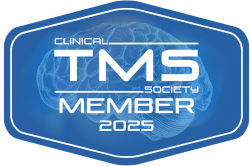World Suicide Prevention Day: When "Just Hold On" Isn't Enough
September 8, 2025
Why we need more than awareness—we need action that actually works

In this article:
- Why awareness campaigns aren't saving enough lives
- Real stories of patients who found hope through TMS
- How brain stimulation can interrupt suicidal thinking
- What actually works beyond crisis hotlines and medication
- The urgency of treating suicidal ideation at its neurological source
__________________
His father called ahead. Voice steady, resigned. Casey, thirty-two, had given himself a deadline. If TMS didn't work, he was done. End of the week.
Not a threat. A statement of fact.
I've seen this too many times. The moment someone stops fighting and starts planning. When "I want to die" becomes "I'm going to die."
It's World Suicide Prevention Day. And we need to talk about why our current approach isn't working.
Every year, we post the hotline numbers. Share the warning signs. Tell people to "reach out." And every year, we lose more people.
Suicide rates have climbed 30% in the last two decades. It's the second leading cause of death for people aged 10-34. We're losing 130 Americans every single day.
The problem isn't awareness. People know the hotlines exist. The problem is what happens after they call. "Try this antidepressant. Give it six weeks. Maybe eight."
Meanwhile, the person can barely make it through the next six hours. I used to think medication and therapy were enough. Hand out the Zoloft, refer to a therapist, hope for the best. Then I started losing patients anyway.
That's when I realized something. We're treating suicidal ideation like it's a choice. Like people can just decide to feel hopeful.
But suicidal thinking isn't a character flaw. It's a brain state.
When someone's in that place, their prefrontal cortex—the part that sees options, makes plans, feels hope—goes offline. The limbic system takes over. Fight, flight, or in this case, escape. You can't talk someone out of a neurological state. You have to change the state itself.
Casey had tried everything. Dozens of medications over the years. Multiple therapists. Psychiatric hospitalizations. None of it touched the core problem. His brain was stuck in survival mode. Had been since childhood trauma rewired his neural networks at age five.
We started him on our KIND One-Day TMS Protocol that same week.
TMS uses magnetic pulses to target the exact brain circuits that go dark in depression and suicidal ideation. The dorsolateral prefrontal cortex. The anterior cingulate. The networks that regulate hope, planning, and the ability to see a future.
It's not magic. It's neuroscience.
By week two, Casey was sleeping through the night. Week four, he was eating meals instead of just surviving. Week six, he was making plans. Not just any plans. Plans for next month. Next year.
That's what happens when you restore the brain's ability to imagine tomorrow.
"This plant was dead when I brought it home," he told me at his three-month follow-up, holding a small potted fern. "I thought it would die, like everything else. But I watered it anyway. And now it's alive. So am I."
I'm sharing Casey's story because suicide prevention can't just be about crisis intervention. We need to treat the neurological dysfunction that makes someone suicidal in the first place.
Think about it. When someone has a heart attack, we don't just tell them to "hang in there." We fix the blocked artery. When someone's brain can't see hope, we need to restore the circuits that create it.
Sarah, seventeen, came to us after her third suicide attempt. Couldn't see past the next hour, let alone next week. Her parents were terrified. Schools didn't know what to do. Traditional treatment said: more therapy, higher med doses, maybe residential treatment.
We said: let's fix her brain's ability to regulate mood and see possibilities. Six weeks post-TMS, she was applying to colleges.
Michael, forty-five, successful businessman on the outside. But inside, he was planning his exit strategy. Had the pills saved up. The note written. Couldn't tell anyone because he was supposed to have it all together.
After our KIND One-Day TMS Protocol, he said something that stuck with me: "I forgot that I used to enjoy things. TMS didn't make me happy. It made me capable of happiness again."
This is what suicide prevention looks like when you treat the brain, not just the symptoms. Traditional approaches aren't wrong. Crisis hotlines save lives. Therapy builds skills. Medications can provide stability.
But they're not enough. Not for everyone. Not for the people whose brains are so dysregulated that hope feels impossible.
TMS gets to the source. The neural networks that have stopped firing properly. The circuits that have forgotten how to imagine a future worth living.
We're not just keeping people alive. We're giving them reasons to want to be alive. The science backs this up. Studies show TMS can reduce suicidal ideation by 70% in treatment-resistant cases. We're talking about people who'd tried everything else and were out of options.
But here's what matters more than statistics. These people get their lives back. They start showing up for their kids again. They pursue dreams they'd abandoned. They laugh at things that used to feel impossible. Because when the brain can regulate mood and see possibilities, everything changes.
On World Suicide Prevention Day, let's talk about more than awareness.
Let's talk about action. Real action. Treatment that works at the speed of crisis. If you or someone you love is struggling with suicidal thoughts, know this: the brain can heal. Those circuits can be restored. Hope can return. Not through willpower. Through neuroscience.
At KIND TMS, we've seen hundreds of people come back from the edge. Not just surviving, but thriving.
Casey still comes in for check-ups. Brings his plants. Plans his future. Because that's what's possible when you treat suicide prevention like the medical emergency it is. And give the brain what it needs to choose life again.
If you're having thoughts of suicide, please call 988 (Suicide & Crisis Lifeline) immediately. And if you're ready to explore treatment that addresses the neurological roots of suicidal ideation, we're here to help.

Meet the Author
Dr. Georgine Nanos, MD, MPH
Founder of Kind Health Group







